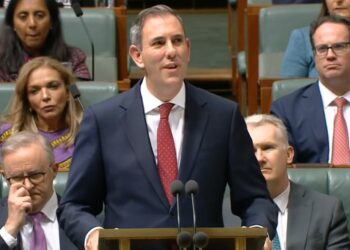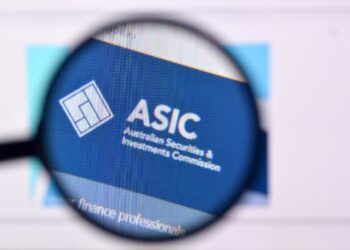Appearing as a guest on the latest episode of the ‘Challenge the Standard in Financial Advice’ podcast, Financial Advice Association Australia (FAAA) general manager of policy, advocacy and standards, Phil Anderson, said that payments for the first CSLR levy are expected to be issued in August this year.
“We have certainty with respect to the first year of the scheme that advisers are paying for, that’s the 24-25 year. The legislative instrument has already been issued by the CSLR and that’s for $18.5 million,” Anderson said.
He said although the CSLR and ASIC levies will be issued by the regulatory body, there is a slight difference in how fees are allocated, leaving some faring better than others.
“There’s going to be a flat $100 per licensee, and then a little under $1,200 per individual adviser. Now, the methodology or the mechanism for this is that it’s for the 24-25 year. It’s been invoiced predominantly in advance, and it’s going to be based upon the 30 June 2023 data,” he said.
“Every year, as part of the ASIC funding levy, they need to do a census of the profession to understand the number of licensees that were operating in that year, and the number of advisers at that census date, which is 30 June 2023. And so that is the data that’s going to be used to invoice licensees.
“Now, if you’ve got a licensee that was established after the 30th of June 2023, then they will not be invoiced for the 24-25 year.”
With the industry undergoing significant changes over the past year, particularly regarding licensee and adviser movements, co-host Nathan Fradley raised the issue of licensees who have ceased since last year’s census date.
While Anderson did not speculate on what would occur in that instance, he raised other issues that could leave some advisers and licensees paying more than others due to a significant design flaw.
“The invoices will go to the licensee, they won’t go to individual advisers, and it’s then up to the licensee to work out how they attribute the cost of going out to individual advisers,” Anderson said.
“In an authorised rep model, we have no doubt that licensees will pass it on, they have to pass it on. In a salary model, more than likely it’s the licensee that picks up the tab.
“However, you can imagine there’ll be situations where the number of advisers on 30 June 2023 is quite different to the number of advisers on 30 June 2024.”
While this model will benefit those who have increased their number of advisers, those who haven’t could be far worse off.
“If it’s gone up, you’ve got a windfall gain because the amount per adviser can be reduced. If you’re a licensee where the number of advisers has declined, say it’s gone from 200 on 30 June 2023 to 100 on 30 June 2024, the amount per adviser is going to have to be doubled. So there’s still mechanics in this that will play out in a way that it will leave some people winners and some people losers,” Anderson said.
“For the ASIC funding levy, because you’re invoiced after the end of the period it’s based on the number at the end of the period. But they have time to do that. In this case, they need to invoice in advance so they need to rely on historical data to work out what that will be,” he said.




I wonder what will happen with the bad advice provided by “Qualified Advisers”?
If they are going to be covered by the CSLR then they sure as hell should be picking up part of this tab…